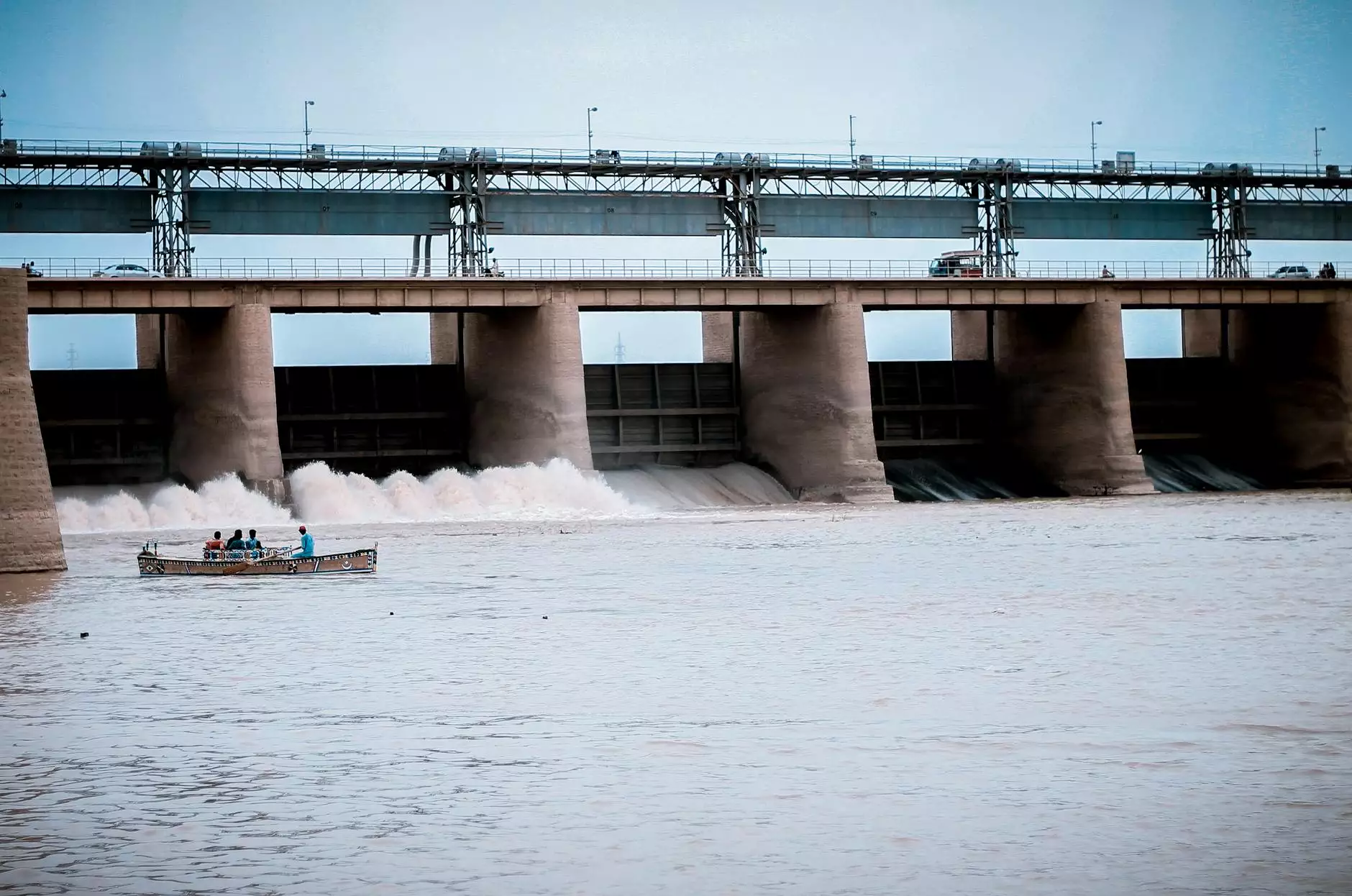CT Scan for Lung Cancer: Diagnosis and Treatment Insights

Lung cancer remains one of the leading causes of cancer-related deaths worldwide. Its early detection is crucial for effective treatment and improved patient outcomes. One of the most advanced and efficient diagnostic tools available today is the CT scan for lung cancer, which plays a pivotal role in identifying and evaluating this formidable disease.
Understanding Lung Cancer
Lung cancer occurs when abnormal cells in the lung grow uncontrollably, forming tumors. There are two primary types of lung cancer: non-small cell lung cancer (NSCLC) and small cell lung cancer (SCLC). NSCLC accounts for approximately 85% of cases, while SCLC is more aggressive and tends to spread rapidly.
Importance of Early Detection
Early detection plays a vital role in successfully managing lung cancer. Patients diagnosed at an early stage have significantly better survival rates compared to those diagnosed in more advanced stages. Regular screenings, especially for individuals at high risk (such as smokers or those with a family history of lung cancer), are essential.
What is a CT Scan?
A CT scan (computed tomography scan) is an imaging procedure that uses X-rays to create detailed cross-sectional images of the body. Unlike traditional X-rays, CT scans provide a more comprehensive view, allowing for better visualization of the lungs and other internal structures.
How CT Scans Work
During a CT scan, the patient lies on a table that slides into a large, cylindrical machine. X-ray beams rotate around the body, capturing images from various angles. A computer then processes these images to create detailed cross-sectional views of the lungs, allowing doctors to detect any abnormalities.
CT Scan for Lung Cancer Detection
The CT scan for lung cancer is specifically designed to detect the presence of tumors, assess their size, and determine if cancer has spread to other areas, such as lymph nodes or other organs. Here are some of the key aspects related to the use of CT scans in lung cancer:
1. Screening for High-Risk Individuals
For individuals aged 50 to 80 with a history of heavy smoking, annual low-dose CT scans are recommended. These screenings can lead to early detection of lung cancer, significantly improving treatment options and outcomes.
2. Diagnosing Existing Symptoms
If a patient presents with symptoms such as persistent cough, chest pain, or unexplained weight loss, a CT scan can help determine the underlying cause. It can identify masses or nodules in the lungs that may require further investigation.
3. Staging Lung Cancer
Once lung cancer is diagnosed, a CT scan helps stage the disease, which is crucial in formulating an effective treatment plan. Staging involves determining the size of the tumor and whether it has spread to nearby tissues or distant areas of the body.
4. Monitoring Treatment Response
CT scans are also used to monitor the effectiveness of treatment. By comparing scans taken before and after treatment, healthcare providers can assess how well the cancer is responding to therapies like chemotherapy, radiation, or surgery.
Benefits of CT Scans in Lung Cancer Diagnosis
CT scans offer numerous benefits when it comes to diagnosing lung cancer, including:
- High Sensitivity: CT scans are significantly more sensitive in detecting lung nodules compared to traditional chest X-rays.
- Detailed Imaging: They provide detailed images of the lung structure, making it easier to identify small tumors or changes.
- Non-Invasive: CT scans are a non-invasive procedure, involving no surgical risks.
- Rapid Results: Images can be produced quickly, allowing for timely diagnosis and treatment decisions.
Limitations and Risks of CT Scans
While CT scans are invaluable in the diagnosis of lung cancer, there are some limitations and risks associated with their use:
- Radiation Exposure: CT scans expose patients to higher doses of radiation compared to standard X-rays, which could increase the risk of developing cancer over time.
- False Positives: CT scans can sometimes yield false positives, leading to unnecessary anxiety and invasive procedures.
- Cost and Accessibility: CT scans can be expensive and may not be available in all healthcare settings, particularly in low-resource regions.
Advancements in Imaging Technology
Recent advancements in imaging technology have significantly improved the effectiveness of CT scans in the detection and management of lung cancer. Some notable developments include:
1. Low-Dose CT Scanning
Low-dose CT (LDCT) scans reduce the amount of radiation exposure while still providing high-quality images. This approach is particularly beneficial for lung cancer screening in high-risk populations.
2. 3D Imaging
Modern CT technology allows for the creation of 3D images of the lungs, which can provide a better understanding of the tumor's location and its relationship to surrounding structures.
3. Artificial Intelligence in Imaging
The integration of artificial intelligence in CT imaging can enhance the accuracy of lung cancer detection by analyzing scans for patterns that may not be easily detected by human observers.
Preparing for a CT Scan
Before undergoing a CT scan for lung cancer diagnosis, patients may need to follow specific preparation guidelines:
- Inform your doctor of any medications you are taking, as some might need to be paused before the test.
- If contrast material is used, you may need to fast for several hours before the scan.
- Wear comfortable, loose clothing and avoid wearing metal objects, as they can interfere with imaging.
Post-CT Scan: Understanding the Results
After the CT scan for lung cancer, a radiologist will interpret the images and send a report to your healthcare provider. Understanding the results is crucial:
- Negative Results
If no abnormalities are detected, your doctor may recommend continuing regular screenings, especially if you're in a high-risk group.
- Positive Findings
If the scan identifies potential cancerous nodules, your healthcare provider will discuss the next steps, which may include biopsy, further imaging, or referring you to an oncologist for specialized care.
Conclusion: The Role of CT Scans in Lung Cancer Management
In summary, the CT scan for lung cancer is a critical tool in the fight against this disease, enabling early diagnosis, accurate staging, and effective monitoring of treatment responses. As technology advances, CT scans will continue to enhance our ability to combat lung cancer and improve patient outcomes.
A comprehensive approach to lung health involves regular screenings, awareness of risk factors, and timely interventions. By understanding the capabilities and significance of CT scans, both patients and healthcare providers can work together to promote better health and outcomes.









